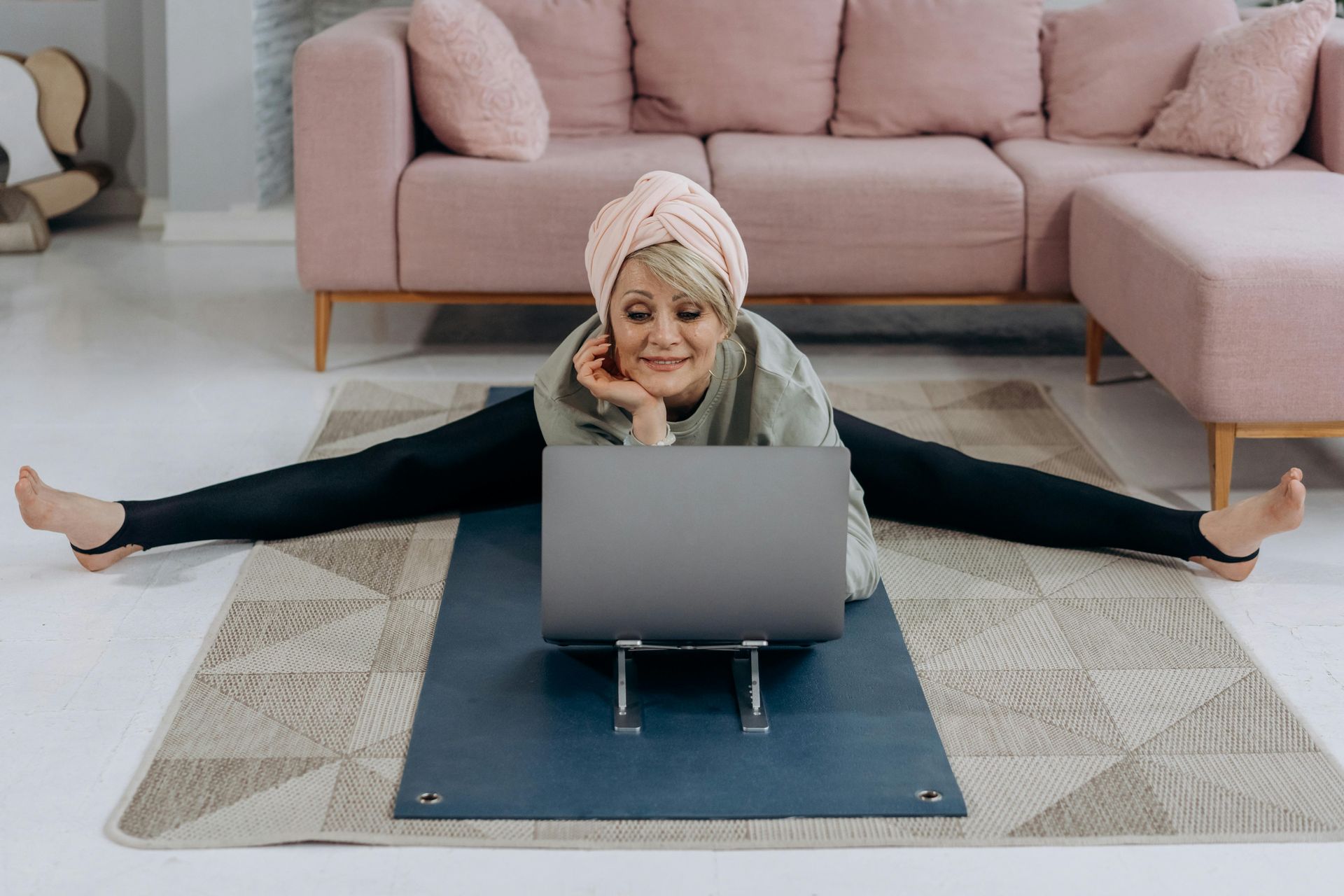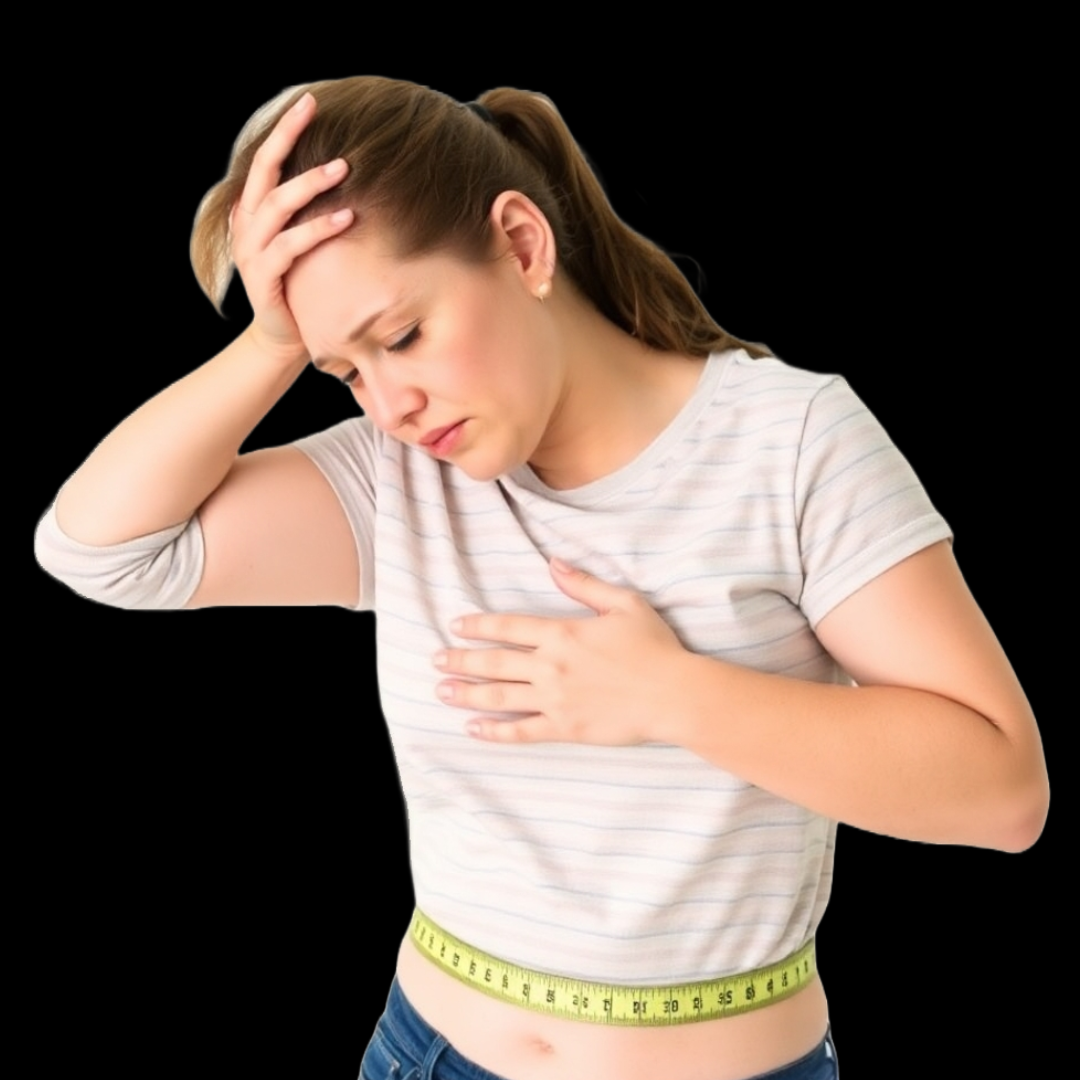Forget the Scale! Measure What Really Matters
Relying solely on the scale can be misleading; it doesn’t tell the full story of your fitness journey. Focus on body measurements, fitness performance, energy levels, and how your clothes fit to get a true reflection of your progress.
The scale can be misleading because it only measures total body weight, which includes muscle, fat, water, and other factors. Changes in body composition may not be reflected in the number on the scale. For instance, muscle weighs more than fat, so you might lose fat but gain muscle, resulting in little or no change in weight. Additionally, daily fluctuations due to hydration, food intake, and hormonal changes can affect the scale readings, making it an unreliable indicator of true progress.
1. Body Fat Percentage: Use skinfold calipers or body composition scales to monitor changes in body fat over time.
2. Progress Photos: Take photos from multiple angles every few weeks to visually assess changes in your physique.
3. Fitness Performance: Track improvements in strength (e.g., lifting heavier weights), endurance (e.g., running distance or time), or flexibility (e.g., range of motion in stretches).
4. Clothing Fit: Notice how your clothes fit. Looser clothing can indicate fat loss, even if the scale doesn’t change.
5. Energy Levels: Pay attention to how your energy levels, mood, and overall well-being improve with consistent training.
6. Health Markers: Consider tracking health metrics like blood pressure, cholesterol levels, or resting heart rate if applicable.
7. Workout Consistency: Assess your consistency in workouts and how you feel about your progress over time.
8. Body Measurements: Measure areas like your waist, hips, chest, arms, and thighs consistently to track changes in body composition.
Waist:
Where to Measure: Measure around the narrowest part of your waist, typically just above the belly button.
How to Measure: Keep the tape snug but not tight; ensure it’s parallel to the floor.
Hips:
Where to Measure: Measure around the widest part of your hips and buttocks.
How to Measure: Stand with your feet together and keep the tape level.
Chest:
Where to Measure: Measure around the fullest part of your chest, typically at nipple level.
How to Measure: Ensure the tape is level and snug but not compressing the chest.
Arms:
Where to Measure: Measure around the widest part of your upper arm, typically halfway between the shoulder and elbow.
How to Measure: Relax your arm at your side and keep the tape snug.
Thighs:
Where to Measure: Measure around the widest part of your thigh, usually just below the buttocks.
How to Measure: Stand with your feet shoulder-width apart for accuracy.
Same Location: Always measure in the same spot on your body to ensure accuracy. Use landmarks (like the belly button or bony protrusions) to help with consistency.
Time of Day: Take measurements at the same time of day, preferably in the morning before eating or drinking
Clothing: Wear the same type of clothing each time
Measurement Tool: Use the same measuring tape
Record Keeping: Keep a consistent record of your measurements


